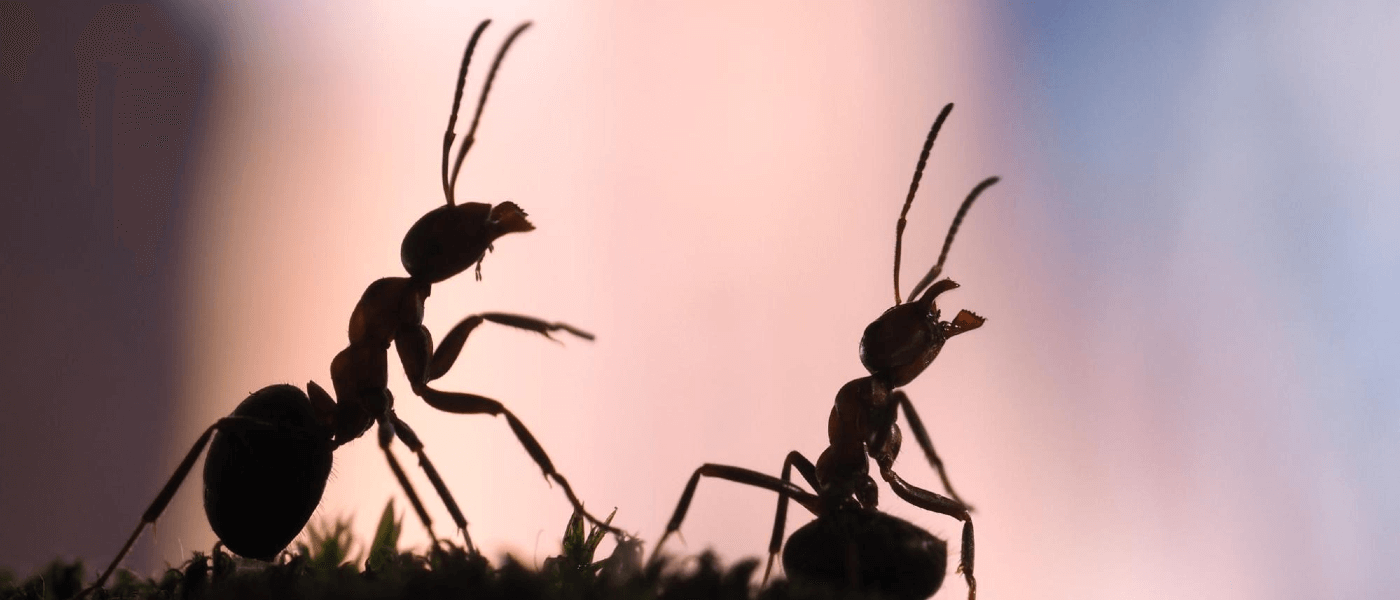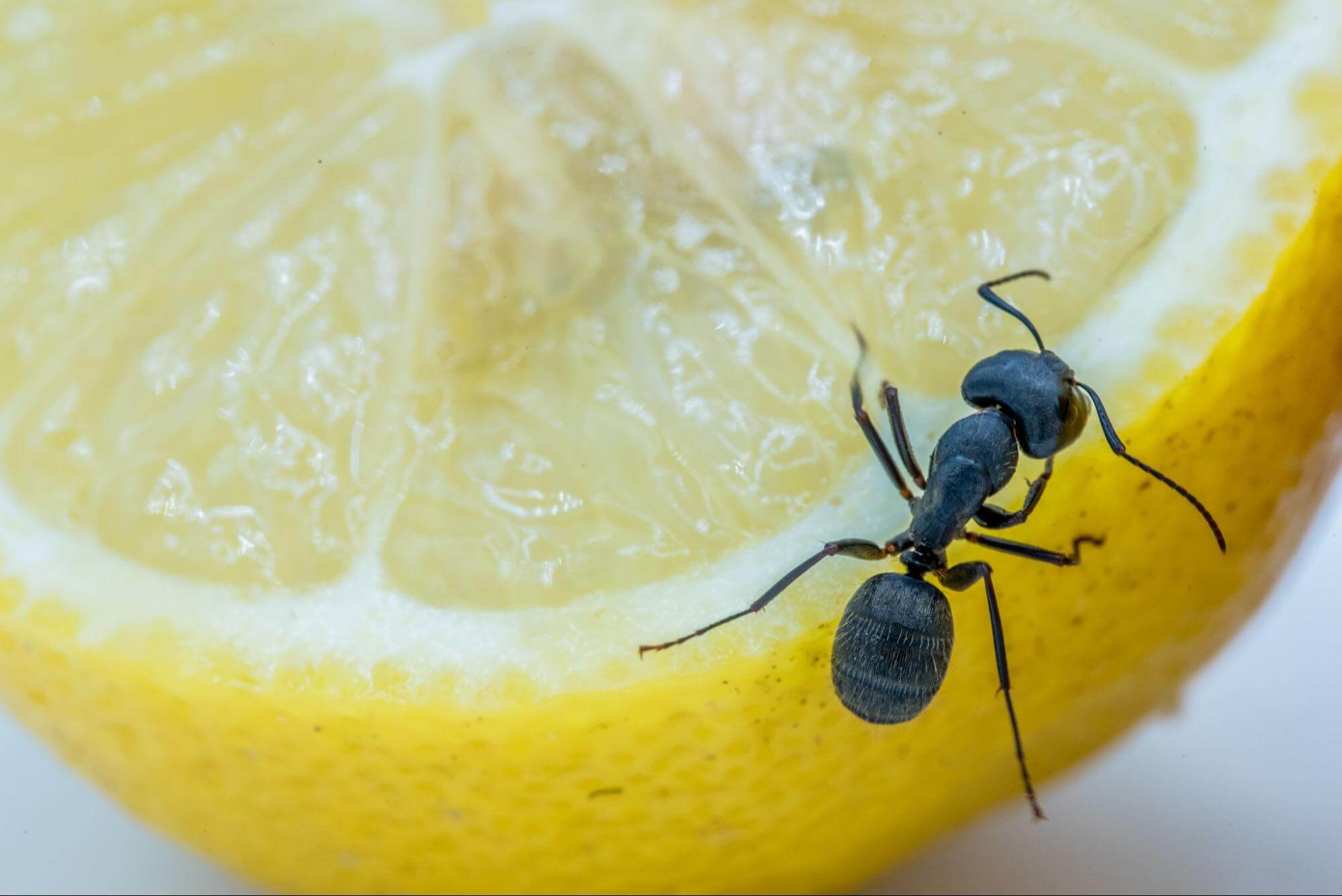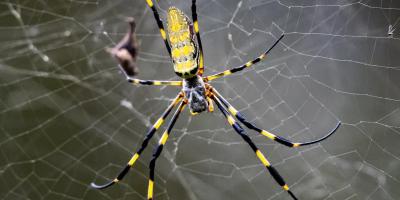Don't Wait for the Ants to Come Marching in

Founding Father Benjamin Franklin is credited with the expression, “An ounce of prevention is worth a pound of cure.” Of course, that was back in 1736 when he urged Philadelphia’s citizens to be proactive about fire safety and prevention. However, nearly 300 years later, the same sage wisdom holds true when it comes to ants and keeping them out of our homes.
Rather than waiting until your home is under attack by ants, prevent them from gaining entry in the first place. Doing so will save you time and money; the trick is to start with an understanding of ant behavior.
Why Do Ants Invade in the First Place?
Ants -- they’re just like us.
They need the same three things to survive: food, water, and shelter. Your home checks each one of these boxes, offering each in abundance for eager ant populations.
Living under your roof, surrounded by your four walls, keeps ants safe from the elements; once inside, they can find plenty of food and water sources. Your kitchen is certainly an obvious destination for snacks and sips but your bathroom also provides water sources from leaky faucets or water pooled around drains. A mudroom or garage that houses pet food or birdseed is another prime target for ant activity.
Recognizing this basic biological reality -- our shared need for food, water, and shelter -- helps provide the basis for preventing ants from entering your home.
Discourage Ants from Entering
Here’s where some simple prevention goes a long way to protecting your home from ants.
To start, think like an ant, specifically, a hungry ant. Take a little tour around your home and look for easy food sources. This could be a half-closed bag of dog food, crumbs scattered across kitchen countertops, sugar spilled by the coffee machine -- think small and search for snacks that an ant would gladly gobble up. Once you find them, take care to clean up and prevent access to these sources in the future. And remember: ants aren’t picky… they’ll eat just about anything you will.
Next, think thirst and look for water. Again, pet bowls are a top target -- look for pooled or spilled water and mop it up completely. The same goes for appliances like your dishwasher or refrigerator. Leaky faucets, either in the kitchen or bathroom, need to be fixed asap; the same holds true for exterior taps and hoses. Your goal is to lead water away from the house however possible.
Speaking of the house, spend some time closely examining the structure itself. What you want to look for are any potential access points for ants. Cracks and crevices around windows and doorways or even in siding and tiles should be repaired right away. Remember, a diligent approach will pay off in the long run, as ants will find new opportunities to gain entry as soon as they appear. Keep a close eye on the condition of your home in order to ensure those opportunities are very few and far between.
Watch the Weather
Once again, think of the type of weather patterns that drive you indoors. Rainy, wet, cold snaps will send ants scurrying for shelter. As we head into spring and encounter those showers famous for flowers, you can expect to see ants eager to stay dry inside. And any wet days that come with a lingering wintry feel will see ants quick to cozy up in the warmth of your home, welcomed or not.
This is especially true of carpenter ants who tend to be more motivated by the need for shelter than food and water.
Keep an Eye Out for Carpenter Ants

These ants come by their name honestly. Carpenter ants work on wood, specifically chewing through it in order to build their nests. For that reason, they are attracted to damaged or wet wood, but will tackle dry wood absent any damp or damaged alternatives. They do not eat wood; instead, they seek out protein-rich, sweet foods, so don’t be confused if you find them in your kitchen.
Carpenter ants tend to build their primary nests or parent colonies outside in tree stumps or firewood; however, they have been known to nest in other materials like fiberglass insulation or foam. Above all, these carpenter ant nests need water to support the humidity levels requisite for the colony to survive.
Although carpenter ants are active year-round, they are particularly busy from February through November. Like other ant species, carpenter ants gain entry from structural weak spots, like cracks and crevices, or through holes surrounding pipes or wires.
It’s easy enough to spot a carpenter ant compared to other common ant species, in part, because of their size, which spans from ¼” - ¾” for workers. Once a year, you might encounter winged carpenter ants, sometimes referred to as “swarmers.”
Of course, you needn’t ever encounter carpenter ants, or any other ant species, when you choose professional pest prevention.
Home Sweet Home
Given the relentless nature of ant behavior and their near year-round activity, it’s no wonder that so many of our customers have already enrolled in our Home Quarterly Program. You can’t put a price on the peace of mind that proactive, professional pest management offers. With the number of different pests native to our area, learning their behaviors in order to keep them from entering your home would quickly involve the time and effort of a full-time job.
Our Home Quarterly Program is all about prevention, specifically targeted at 50 problematic pests for New England homeowners. Tailored to each of the four unique seasons, our customers value the Home Quarterly Program for the specific prevention and protection it affords their homes, year round.
Are you prepped and ready for the ants this year? If not, we’re here to help. Contact us today for a free quote, and receive $50 off your first service.*
*New services only. Restrictions and limitations may apply. Contact a customer support specialist for details. Offer valid through 6/30/2021.



